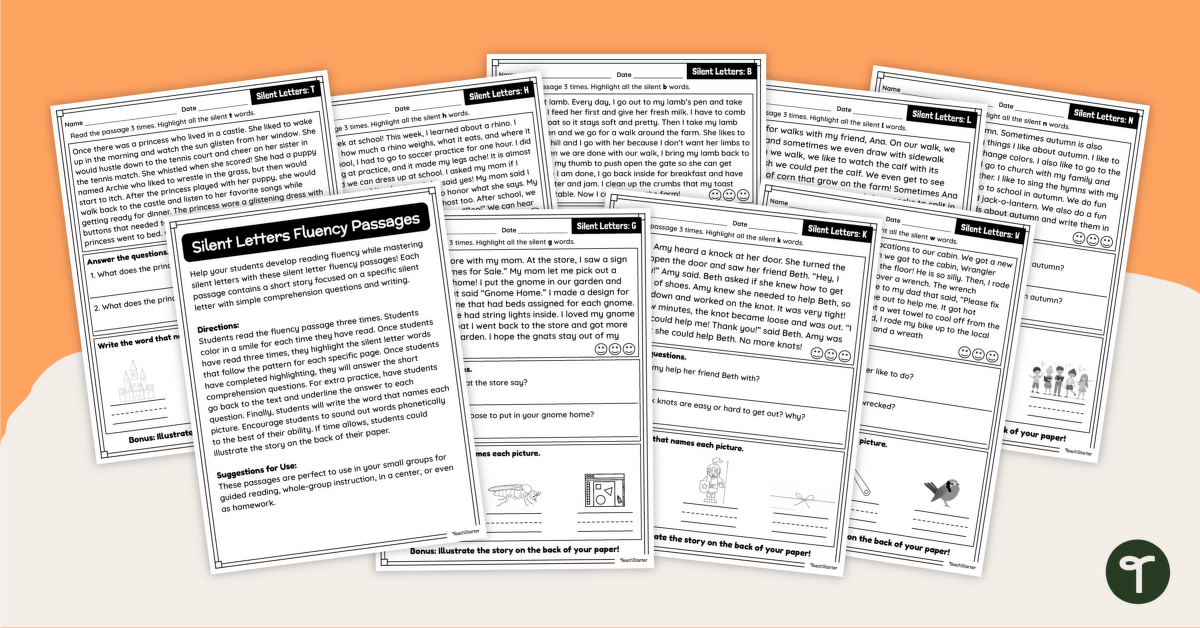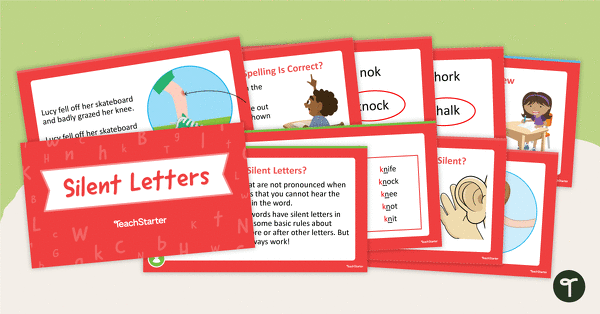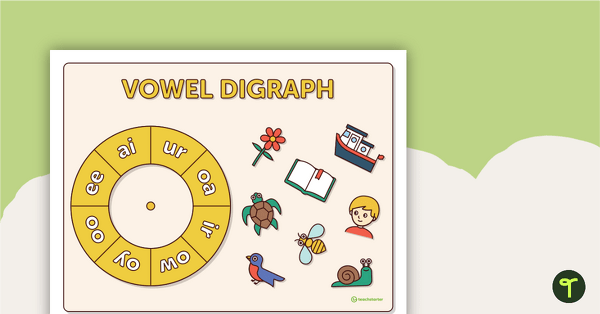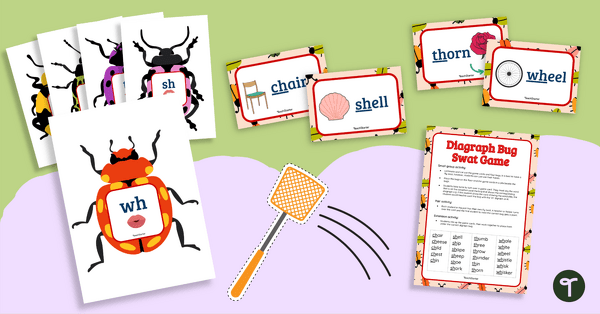Practice identifying the silent letters in words with this comprehensive collection of reading fluency passages.
Identifying Silent Letters in Context
Silent letters are everywhere in the English language! For this reason, our students must become familiar with the most common of these “ghost letters” and where they are most likely to occur in words.
This set of eight worksheets has been designed for this very purpose! Each worksheet focuses on a particular silent letter. The silent letters addressed in the worksheet pack are as follows: w, k, g, l, b, h, n, and t.
Students will:
- read the passage at least three times.
- highlight all of the words that contain the focus silent letter.
- answer the comprehension questions.
- write words to match the pictures provided.
If time allows, students can illustrate the story on the back of their paper.
Tips for Extension and Scaffolding
A team of dedicated, experienced educators created this resource to support your phonics instruction. It can be used for small groups, whole-class learning, or independent practice.
If you have a mixture of above and below-level learners, check out these suggestions for keeping students on track with the concepts:
🆘 Support Struggling Students
For students who may be having trouble identifying which words in the passage contain the focus silent letter, read each word slowly and clearly. Identify words containing the focus letter, then segment these words into their phonemes.
➕ Challenge Fast Finishers
Encourage fast finishers to continue the story from the worksheet. Challenge them to include a certain number of words containing the focus silent letter in their text. Have the students swap their stories with a partner so they can highlight the silent letter words.
Download the File Format That Suits You
Use the dropdown menu next to the Download button to choose between the PDF or editable Google Slides version of this resource.
This resource was created by Anna Helwig, a teacher in Arizona and a Teach Starter collaborator.












0 Comments
Write a review to help other teachers and parents like yourself. If you'd like to request a change to this resource, or report an error, select the corresponding tab above.